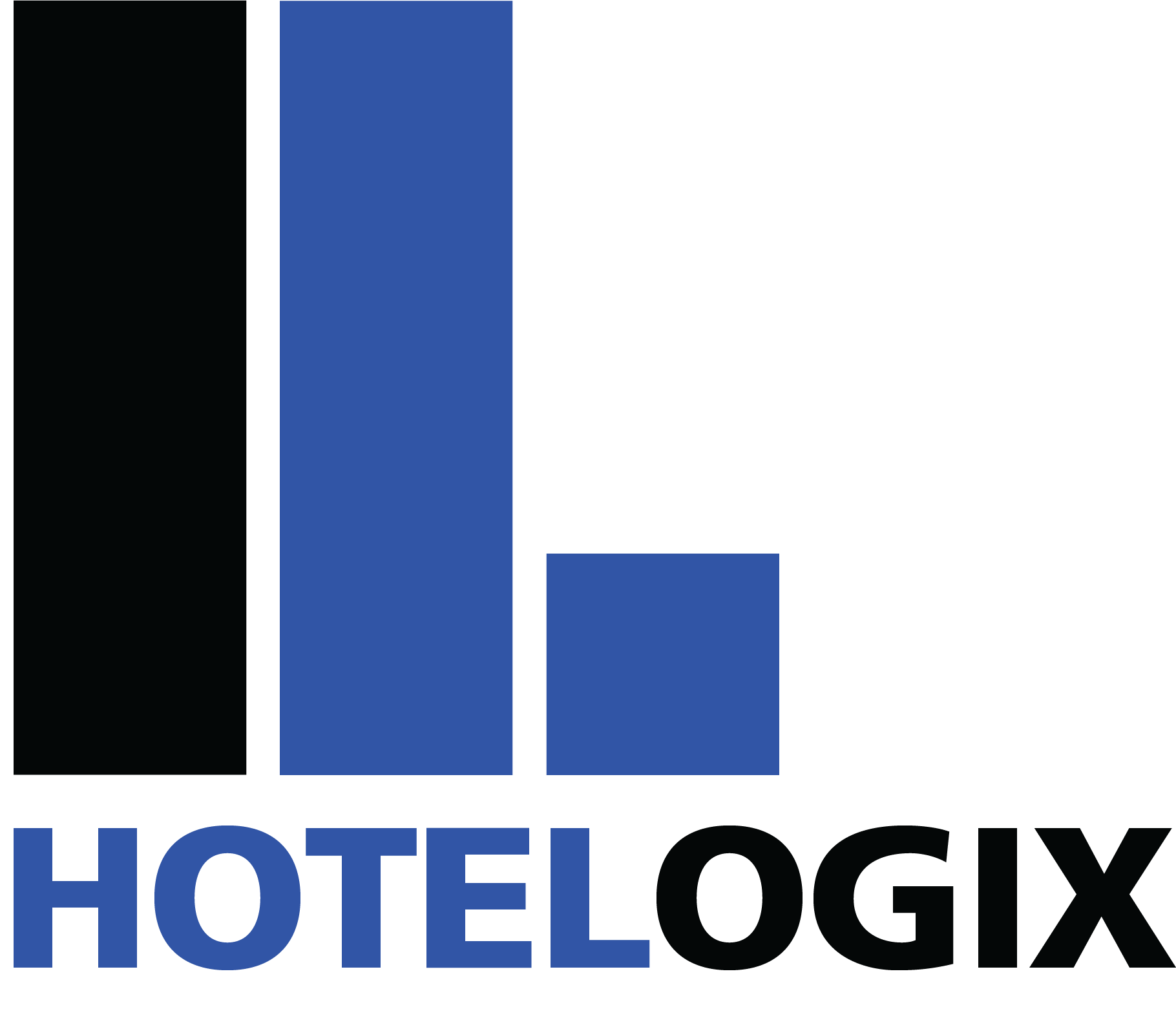COVID-19 ushered in a world of change for everyone, not least of all the travel and hospitality industry. From local travel restrictions to international bans, unpredictability has become the norm. Chances are good you’ve noticed major shifts in the booking patterns for your property.
It’s critical that you update your segments and target markets regularly to counteract those effects. For owners, nothing is more important than understanding hotel revenue management and how changing demand will affect profitability. For travelers, trust and the right price are critical, along with other considerations, like location, health and wellness safeguards, and the like.
Why Revenue Management Is Crucial?
If you were to ask the average hotel owner what the most important aspect of their business was, they would probably say it was maintaining a healthy bottom line while ensuring the quality of their guests’ stays. Both of those are important and are part of the wider discussion surrounding hotel revenue management.
The Change Ushered in by COVID-19
Few industries have experienced the incredible disruption due to the pandemic that the travel and hospitality sector has. From government-enforced travel restrictions and bans to consumer sentiment and worries about things like social distancing and in-house safeguards and sanitation practices while on the property, hotel owners must contend with a lot.
Dealing with the changes ushered in by the pandemic will require an understanding of what steps to take, including:
- Market Shifts: Chances are good that your markets have shifted a great deal from what they were before COVID-19. Use your website’s data to determine where your visitors are coming from and start focusing your marketing efforts in those areas.
- PMS Data: In addition to your website, you should also leverage data from your hotel PMS to answer critical questions and identify which market segments should be abandoned, which are growing, and whether you’re managing to attract new guest segments.
- Focus on the New: Let’s face it – your regular guests aren’t going to return for some time, if at all. That makes it critical to focus on reaching new guests who are most likely to travel to your area and find ways to position your property to attract them.
- Think Local: More and more hotel owners must focus on attracting domestic guests, including local leisure travelers (staycations, for instance).
However, because you’re shifting your target audience, you’ll also need to change your revenue management strategy. Pricing will be one of the most critical elements in establishing and maintaining success.
The Importance of Pricing in Building Traveler Trust
There is no simple answer to the question of price and its appeal to consumers. The situation is complex because hotel owners are not dealing with the audience they’re most used to, which means their idea of an ‘acceptable’ price is probably wrong. For instance, if you generally attract corporate travelers, there could be a considerable gap in price acceptance if you’re not looking to attract local leisure travelers.
The first step, then, is to determine who your new (or at least current) audience might be. Use the tactics discussed previously to do that. Once you have identified the segments you’re attracting, you can start adjusting your pricing strategy so that it fits their needs.
Developing the Right Hotel Revenue Management Strategy
Pricing is just one part of your overall revenue management strategy. It’s affected by a broad range of factors, from the number of team members you must pay to capital expenses like renovations and furniture purchases. It’s possible that, through the right combination of tactics, you can build revenue strategies and bolster profitability. Here are some of the key considerations to make when doing so:
-
Multiple Streams of Revenue: You might be thinking, we’re a hotel, there are only so many revenue streams we can generate. While that’s true on the surface, it’s not really all that accurate. You can generate revenue in many non-traditional ways with a little creativity.
For instance, you can target staycationers who don’t want to travel far or who want to stay just a few days. You can offer deals or packages that appeal to your new segments and encourage longer stays. Or you can work with local businesses to offer combination deals – a hotel stay plus access to a local theme park for a single discounted rate, for instance.
Consider putting together stay packages that combine different elements that your guests value and add to the experience. For instance, you could include room service, bike rental, and parking all for a single rate.
-
Cutting OpEx: OpEx, or operating expenses, shouldn’t be confused with CapEx, or capital expenses. Capital expenses are major investments your business incurs while operating expenses are your day-to-day costs of doing business normally. While OpEx can be tax deductible, it can also be a major drain on your bottom line. With creative thinking and the right revenue management strategy, you can cut those expenses quite easily. Here are a few quick ideas on how to do that without sacrificing guest experience or becoming a loss leader:
- Adjust to Short Lead Times – Chances are good that your new segments will book on short notice. You’ll need to track the trends so that you can schedule your staff members only when necessary while still being ready to serve guests when they arrive.
- Forecast Accurately – Yes, it can seem pointless to forecast revenue when things are so chaotic, but remember that your forecasts will be used to schedule front desk, housekeeping, engineering, and F&B staffing.
- Be Flexible with Supplies – If you regularly order supplies well ahead of time, it might be time to create a more flexible strategy that allows you to purchase just in time.
- Don’t Arbitrarily Drop Your Rates: While the right price is critical for your new segments, don’t automatically assume that means you have to drop your rates to rock-bottom levels. Don’t become a loss leader. Instead, keep your rates commensurate with your brand and the guest experience you deliver. If you decide to lower your rates, put yourself in your guests’ shoes. How do they perceive those steep discounts?
The Challenge for Small Hotel Owners
Hotel revenue management is challenging, largely because of the need for dynamic pricing strategies in hotels still dealing with the lingering effects of COVID-19. The good news is that there is software available that can help, but it is critical to make an informed decision here. Many options are too costly and only deliver a few benefits.
At Hotelogix, we understand the revenue challenges in the hospitality industry. That’s why we created a built-in feature that can manage your pricing dynamically based on occupancy, as well as seasonality. We also integrate with a wide range of third-party applications in your technology stack to improve revenue management capabilities.
From our intuitive reservation chart and front desk automation capabilities to integrations with analytics platforms to deliver access to critical insights, Hotelogix helps you create a hotel revenue strategy that fits your needs now and that can scale as the world continues to open up and your audience evolves. Claim your 15-day free trial now and see firsthand how we can fit your needs and support your success.

